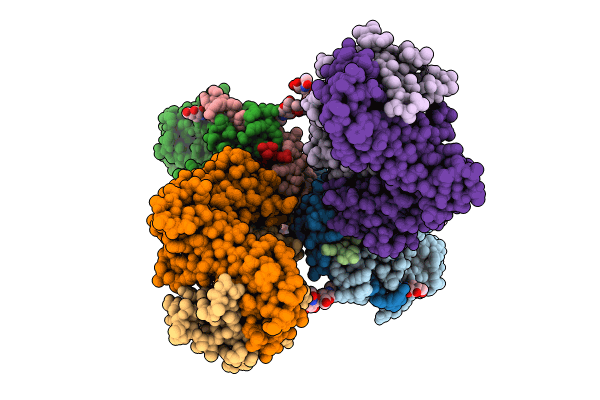
Deposition Date
2023-08-09
Release Date
2024-07-31
Last Version Date
2024-11-13
Entry Detail
PDB ID:
8TRL
Keywords:
Title:
T cell recognition of citrullinated alpha-enolase peptide presented by HLA-DR4
Biological Source:
Source Organism:
Homo sapiens (Taxon ID: 9606)
Host Organism:
Method Details:
Experimental Method:
Resolution:
2.40 Å
R-Value Free:
0.23
R-Value Work:
0.20
R-Value Observed:
0.21
Space Group:
C 1 2 1


